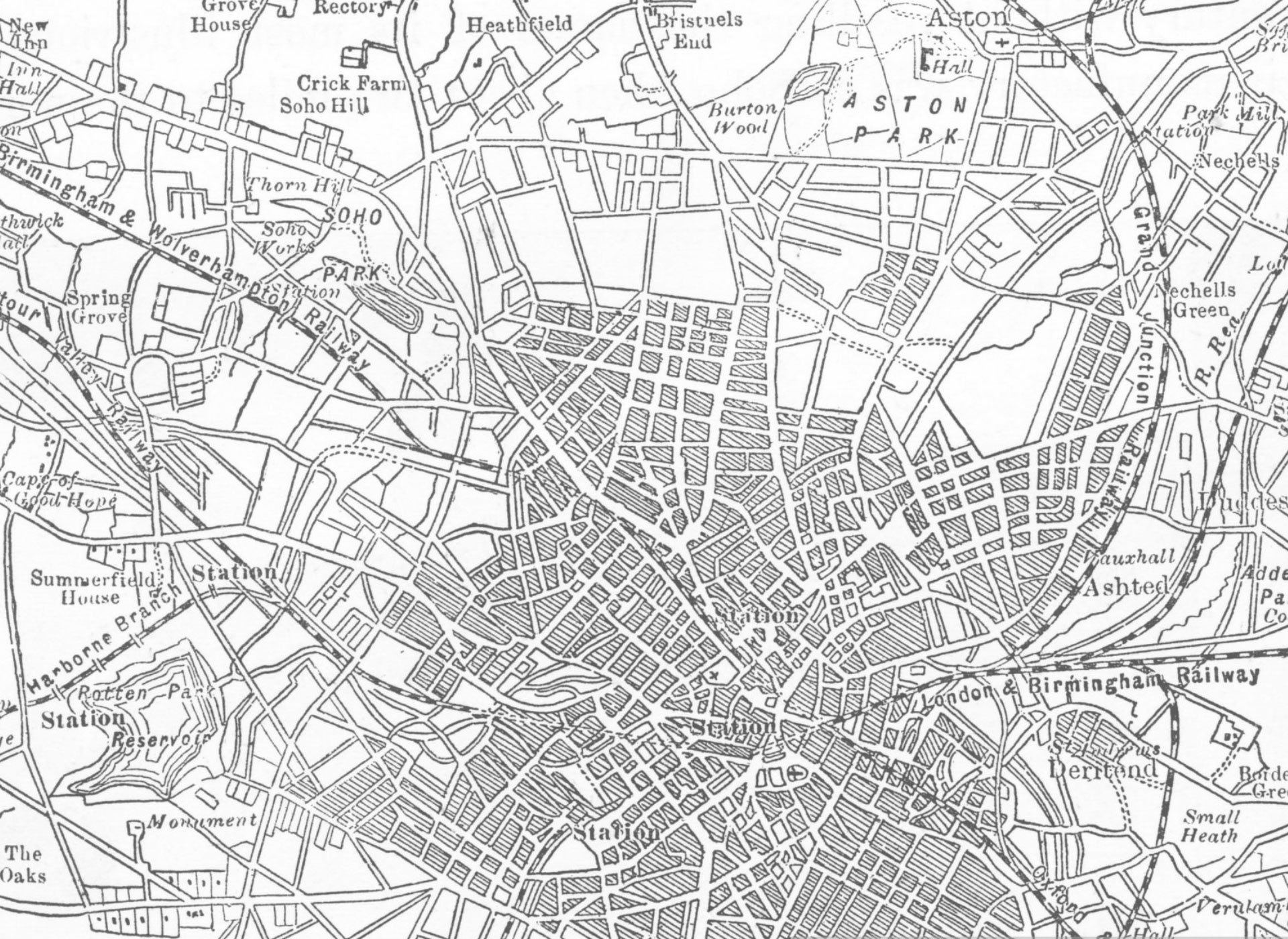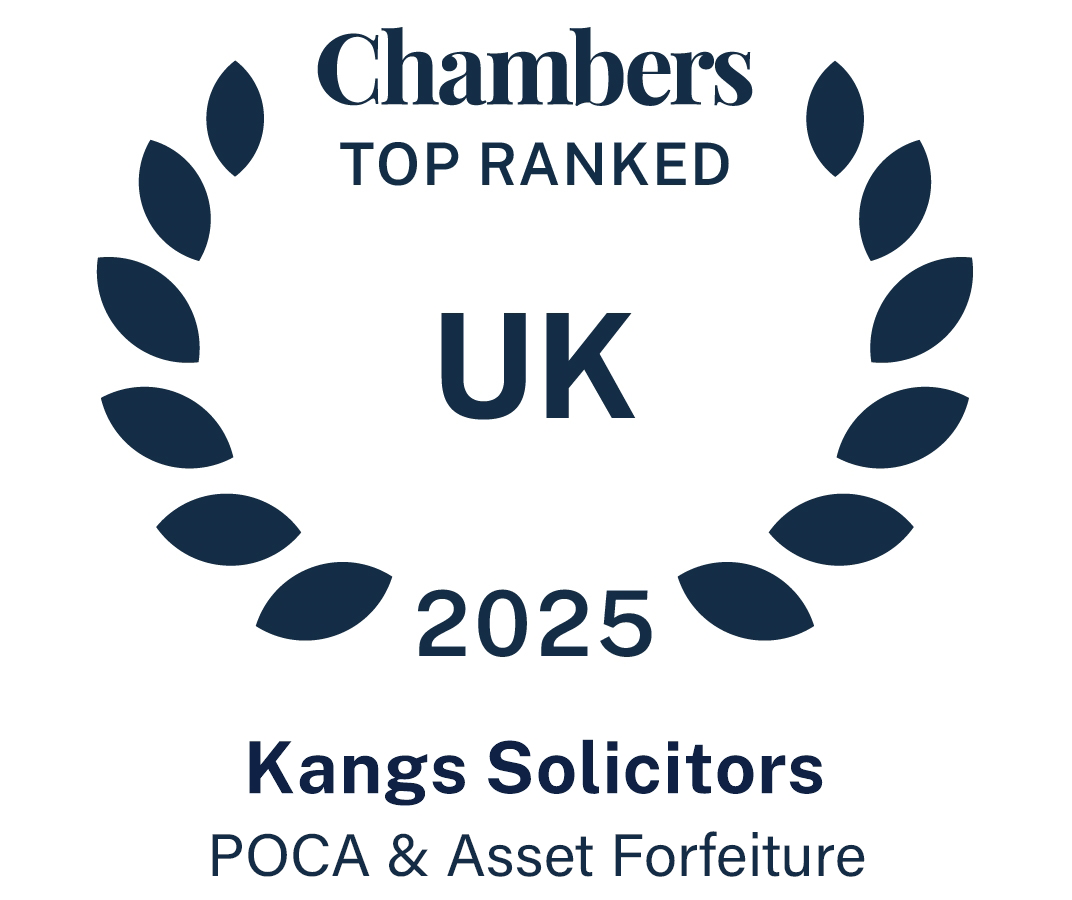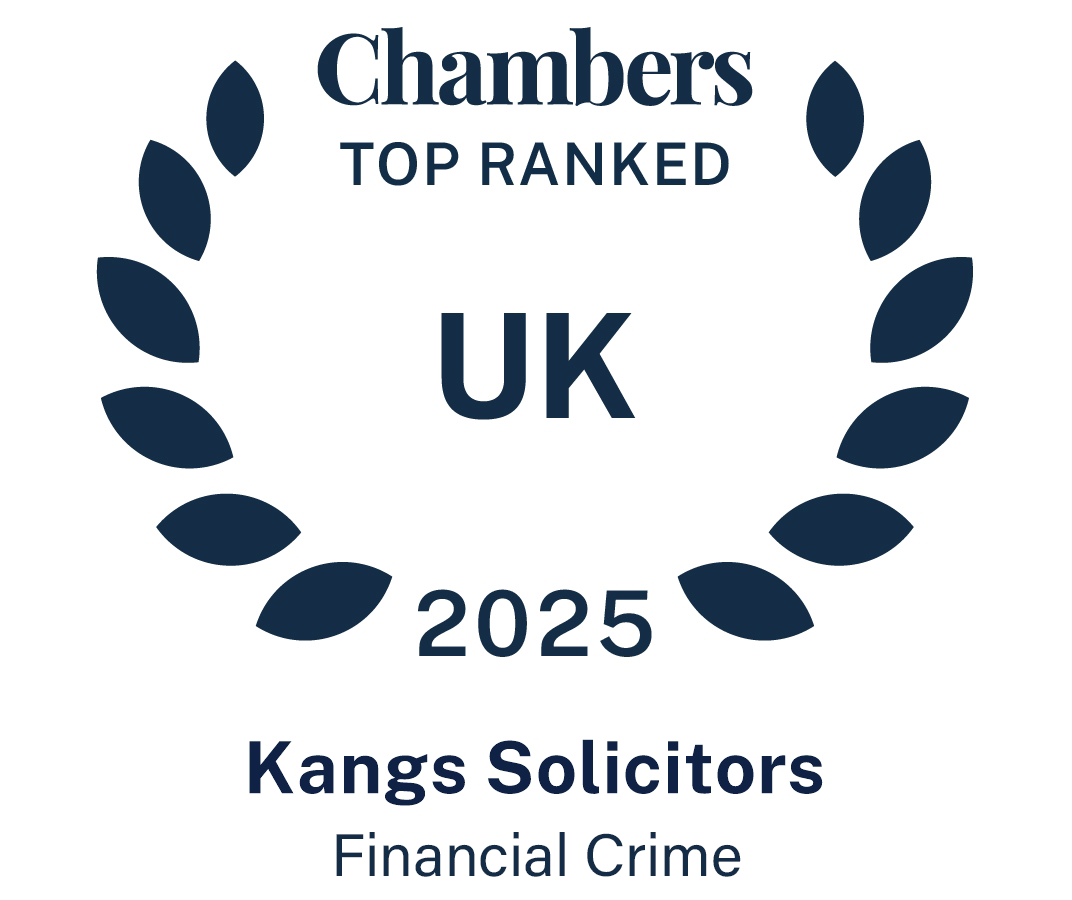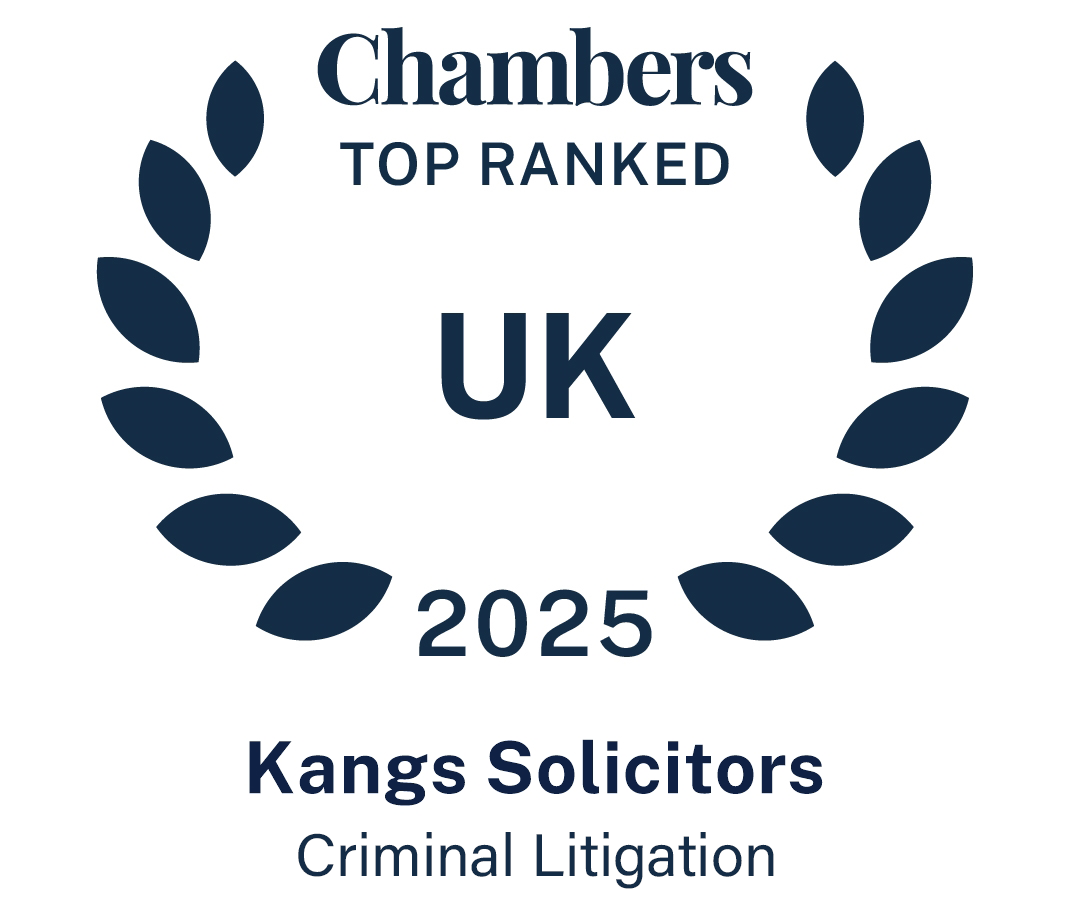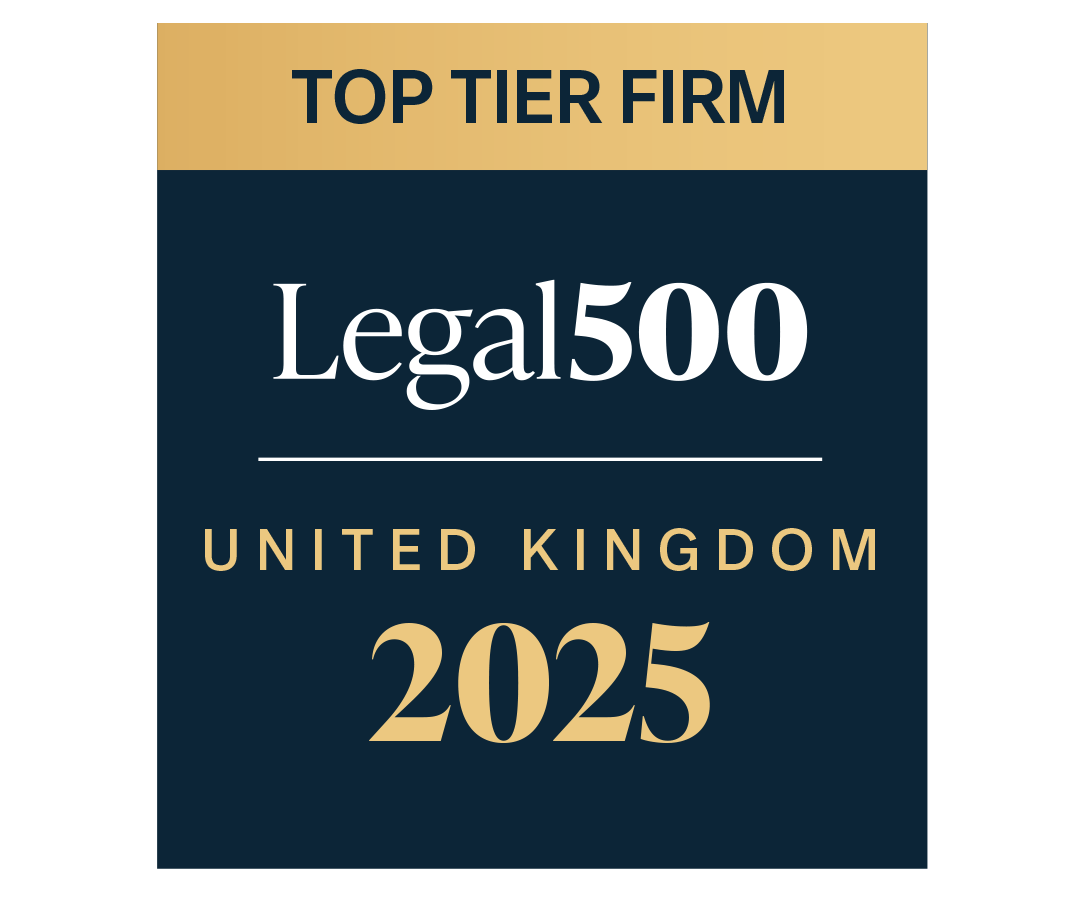Patents
Secure Your Innovation
A patent is a fixed term monopoly right, A patent owner will have 20 years to exploit the patent, whether through sales, licensing, making or otherwise within the patent registration jurisdiction. If the patent is obtained within the UK, then it only covers the UK.
The 20-year monopoly period is designed to encourage creativity and innovation because it permits inventors to benefit financially from their creations.
The intellectual property team at KANGS assist clients with patent disputes as well as work with specialist partners to provide patent services tailored to meet the unique needs of each client. Our lawyers are committed to ensuring your intellectual property is protected. Call and arrange a consultation.
For further information regarding Patents, please see our Frequently Asked Questions.
Testimonials
Got a question?
Contact
The expert lawyers at Kangs are available to assist you. We can arrange initial consultations in person, by video call or telephone.
Please contact one of our experts listed below or contact us at:
What may be patented?
In order to secure a patent within the UK, it generally needs to meet one of the following criteria:
- Novel - it must be a ‘new’ invention. It cannot have been disclosed, in any manner, to any member of the public, prior to the patent being applied for. Confidentiality is the key for securing patent protection.
- Inventive Step - it must be a new ‘logical’ invention - it cannot be known, or obvious to someone skilled in the relevant technical field.
- Industrial Applicability - it must be capable of being made or used in some form of industry.
- A non-excluded category - certain elements are specifically excluded from being capable of secured as a patent under the Patents Act 1977. These include:
- Discoveries, scientific theories, and mathematical methods.
- Literary, dramatic, musical, or artistic works.
- Schemes, rules, or methods for performing a mental act, playing a game, or doing business.
- Programs for computers (although inventions implemented in software may be patentable if they have a technical effect).
- The presentation of information.
- Certain biological processes and plant/animal varieties.
How do I secure a Patent?
Applying for a patent is a highly skilled and complex matter. In theory, a patent application should only be prosecuted by a Patent Attorney because of the complexities associated with the application. For example, the mere fact that you apply for a patent but that application contains errors and/or may be refused can mean that you have ‘disclosed the patent to the world at large’, thereby rendering your proposed patent invalid.
In simple terms the steps for securing a patent are as follows:
-
- Preparation of the application - this will include a detailed description of the invention (which may also have drawings to help explain the invention), claims defining the scope of protection and an abstract which provides a summary of the invention.
- Submission of the application - submit the application to the UK Intellectual Property Office (UKIPO).
- Undertake searches - the UKIPO needs to undertake searches from other Patent Offices in order to identify any pre-existing documentation that may affect the ‘novelty’ of the application;
- Publication - the application is usually published around 18 months later. The publication provides the details of the invention, how it works and if drawings are available, what it may look like.
- Substantive examination - the UKIPO undertakes a thorough examination to determine whether the patent application meets with the requirements for a patent. The UKIPO may provide objections which will need to be addressed (if they can be addressed) to secure the patent;
- Granting of the patent - if the UKIPO is satisfied that the patent is patentable, the patent will be granted and a certificate will thereafter be provided. From this point, subject to the requisite fees being paid (as and when they fall due), the 20-year monopoly will commence.
Latest News & Insights
Rubik’s Cube Might Have Outcubed Itself | IP Disputes
Get in touch
Send an enquiry
